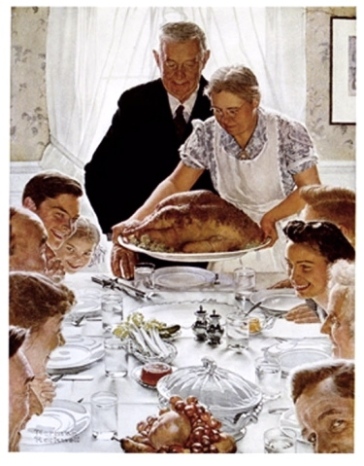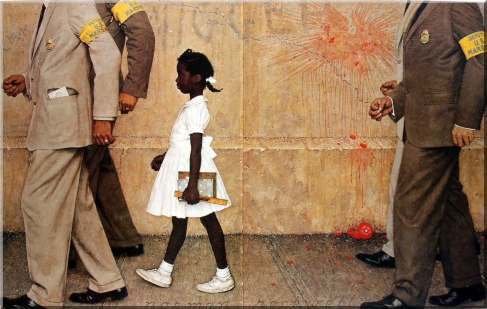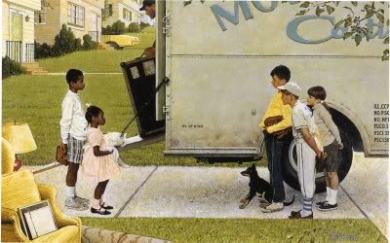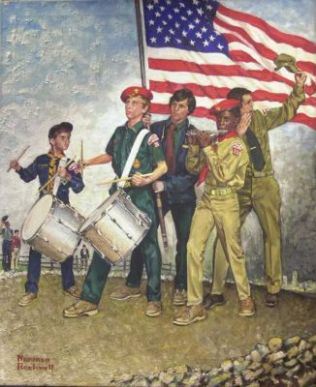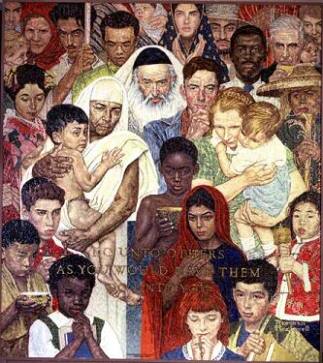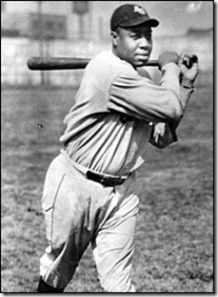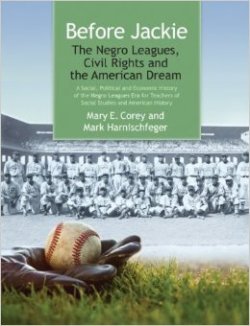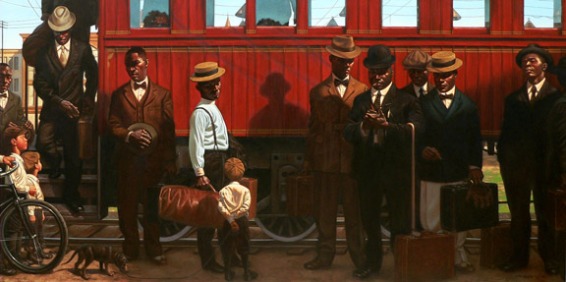Middlebrooks’ bunt key part of Sox’s rally.

Mark had just walked out the door after one of our regular Tuesday afternoon work sessions when I looked down at my notes and realized once more that I’d forgotten to mention something I’d meant to bring up. We had been noodling around with what to do with a bunch of little stories that didn’t quite fit the flow to the narrative, but were too good not to include.
I remembered a book by George Will called Bunts and I had suggested that title to Mark and he liked it, but it kept nagging at me that, for the material we had, it just wasn’t quite right. What they were, were more in the spirit of sacrifice bunts. I thought I could make a good case for changing the chapter head if only I could remember to mention it. The best description of a sacrifice bunt comes from W. P. Kinsella’s The Iowa Baseball Confederacy:
The bunt is a ballet production all its own. As the batter squares to drop the ball in front of the plate, watch the first and third basemen come huffing toward home, kicking up dust; watch the second baseman stealing toward first to take the throw while the shortstop covers second and the outfielders charge in to back up the bases in the event of an overthrow. It takes a lot of years watching baseball to learn not to follow the ball every second. When everyone is in motion, it is like watching those delicate long-legged insects skim over calm water.[1]
It is essentially the type of play that is all about the team. A well-placed sacrifice bunt can be the most important play of the game, in spite of its minor status overall. Home runs suck up all the glory, but the sacrifice bunt speaks to the heart of the game. It’s the little things, the plays without glory and often without notice, that are essential parts of moving the players along — winning the game.
This time, when I realized that once again, I’d forgotten to bring it up, I decided not to wait until the following Tuesday and hope I’d remember it then. No, this time I phoned. Even e-mail wasn’t speedy enough for me! As it turned out, as soon as I said, “I keep forgetting but I wanted to talk to you about the chapter title for the “bunts” section. It seems to me that what we have are a collection of . . . Here we said it in unison: sacrifice bunts! Apparently he’d been wanting to change the title of the chapter too!
We are very partial to that particular chapter, and in fact, in some ways the concept of the sacrifice bunt could be considered the central motif of both our book and the long civil rights movement itself. The following piece comes from the introduction to the chapter:
In each of these stories the “hero” essentially offers himself up for the good of the cause: the broader goal of expanding civil rights in America. Each in their own way, was moving the runners along. The useful concept of the sacrifice bunt can help students see the really important courage it took to be willing to make the small but critical sacrifices that ultimately overcame the institutional, customary, and statutory infrastructure of Jim Crow America.
Students, who can be impatient or downright hostile to the standard narrative of African American life found in even many of our best textbooks, need two things: first, they need to know that African Americans, often under the most difficult of situations, were always, always, actively striving for freedom and the civil rights that are the birthright of all Americans. And, second, they need to understand that action doesn’t always mean a home run. Actions like those we feature in Sacrifice Bunts were every bit as important to moving the cause forward, as the more notable, more celebrated actions. A sense of pride in the past, needs to comprehend the bravery of small rebellions. These, too, are an important part of the larger tapestry of American history.





